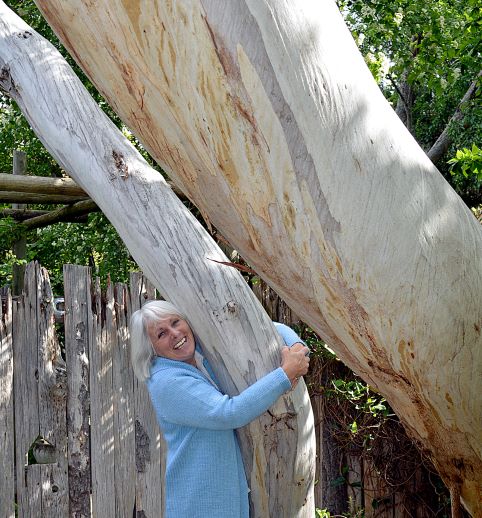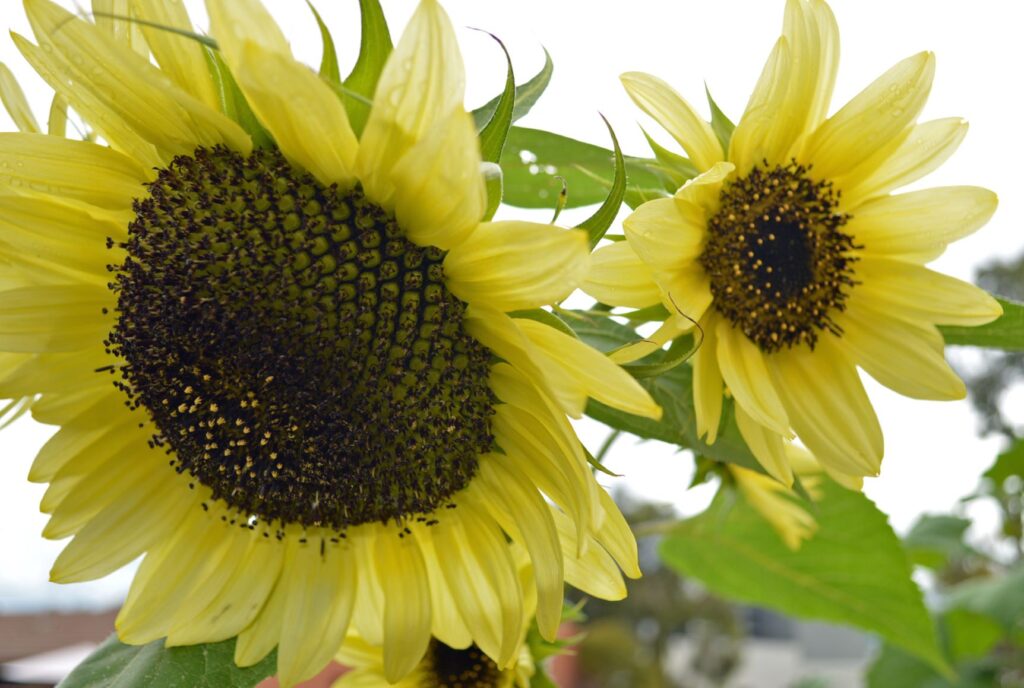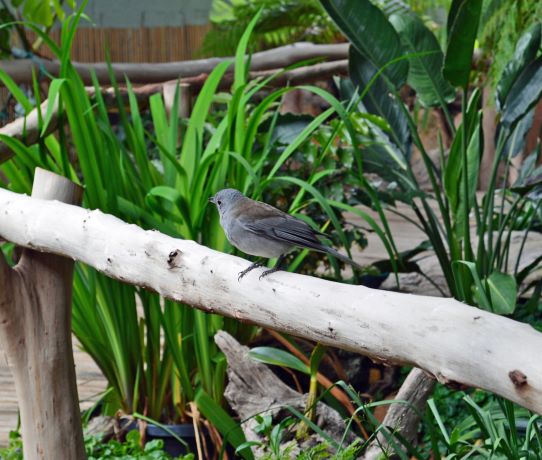Gardens are a wonderful space that transform a place of residence into a welcomed escape from the grittiness of everyday life. At the very least, gardens are a visual space but can also appeal to the other senses including smell, touch, sound and taste.
A sensory garden caters to these senses and creates an environment which cannot help but improve one’s state of mind and, in many cases, our physical health as well.
When designing your sensory garden, consider:

- Access and useability – include paths throughout your garden and also places to sit and immerse yourself in all seasons.
- Not only the outlook you want to create from within the garden but also the view looking into it from your home.
- Who will be visiting your garden – include wide paths and raised beds for the elderly or for those with physical disabilities; and places of interest for children such as flower, herb and veggie gardens, sandpits and fun places to explore.
- Using hardy long-lived plants which aren’t too onerous to maintain.
- Using plants with more than one function and the ability to entice multiple senses, e.g. a small-growing eucalypt provides structure, wildlife habitat and a food source, visual appeal and that of touch, sound and smell.
- Utilising plant or insect pollinated plants as opposed to wind pollinated ones where allergies are a concern.
- Including structural plants to give year-round interest, particularly in winter and summer when many plants aren’t looking their best.
- Using plants which tempt the senses in all seasons.
- Including trees, plants, flowers and features, such as bird baths, which are attractive to wildlife and beneficial insects.
- Including features and structures which add to sensory appeal, such as gravel paths which crunch underfoot, and garden ornaments which create mood and are visually appealing.
The following are some sensory plants you may like to consider:
Natives
- Philotheca (wax flower) – scented foliage, attractive flowers for people and beneficials alike.
- Prostanthera (native mint bush) – most have scented foliage and lots of flowers.
- Acacia (wattle) – fast growing shrubs with mostly bright yellow and often perfumed flowers in late winter and spring. They are also attractive to birds, butterflies and other beneficial insects.

Exotics
- Gardenia floridaandG. radicans – perfumed flowers and glossy green leaves. Frost tolerant but best planted in spring so establishes before following winter.
- Trachelospermum jasminoides (star jasmine) – hardy climber with perfumed flowers. Can prune to restrict size and even grow as a ‘shrub’.
- Lavender, particularly English and Italian varieties (French ones are cold sensitive).
Herbs and flowering annuals
- Marigold, zinnia, cosmos – bright flowers, self-seeding, attractive to beneficial insects.
- Oregano and marjoram – scented foliage, attractive to beneficial insects.
- Society garlic – insects and bees love flowers from the onion family. Society garlic has pretty pink flowers and is hardy to dry conditions.
- Rosemary – scented foliage, flowers attractive to birds and beneficials.
- Culinary and ornamental sage (Salvia) – scented foliage, flowers are attractive to beneficial insects and pollinators. Select cold tolerant varieties.
For more:



